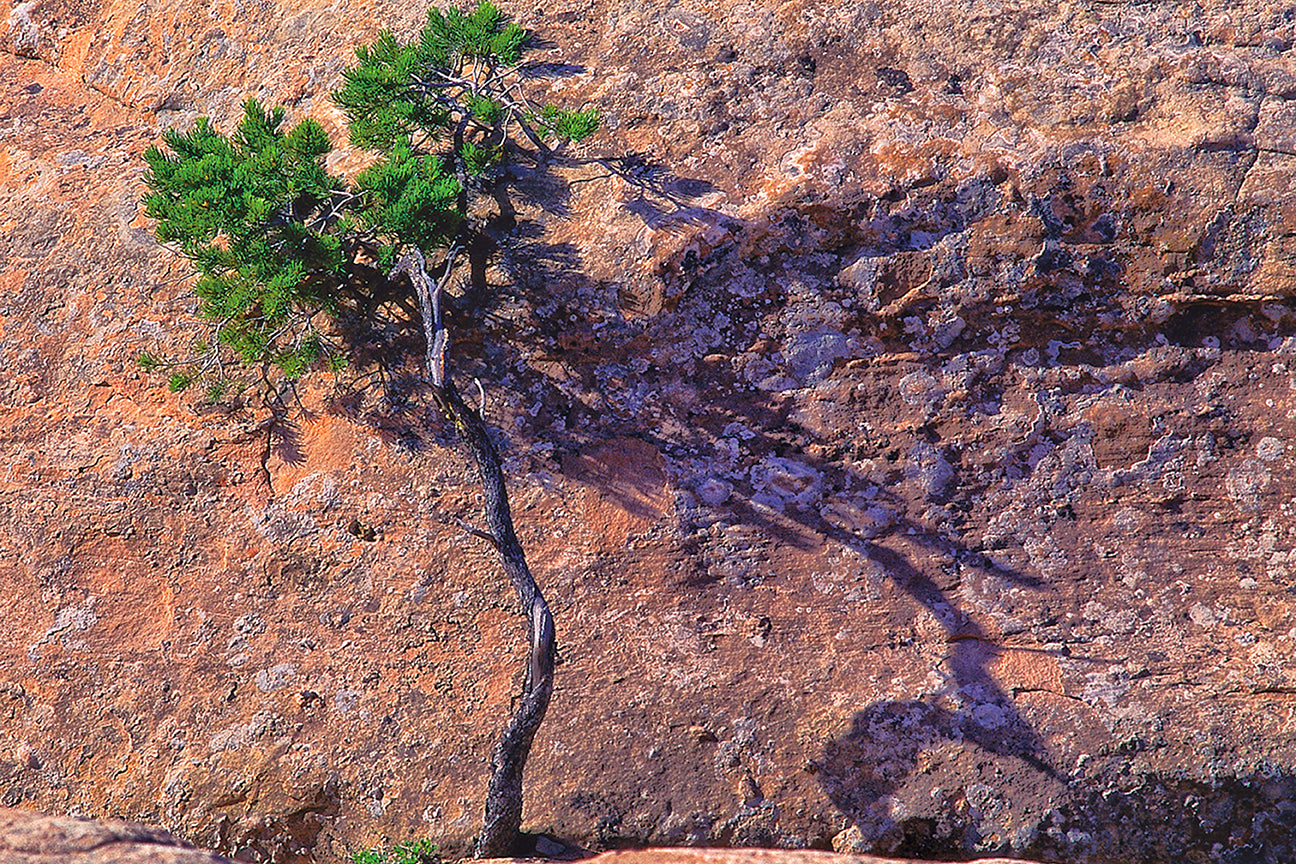FREE STANDARD DELIVERY ON ORDERS OVER $ 250
0
Shopping Cart
$0.00
CLOSE
YOUR SHOPPING CART IS CURRENTLY EMPTY
Do not hesitate. Check out our wide range of products!







